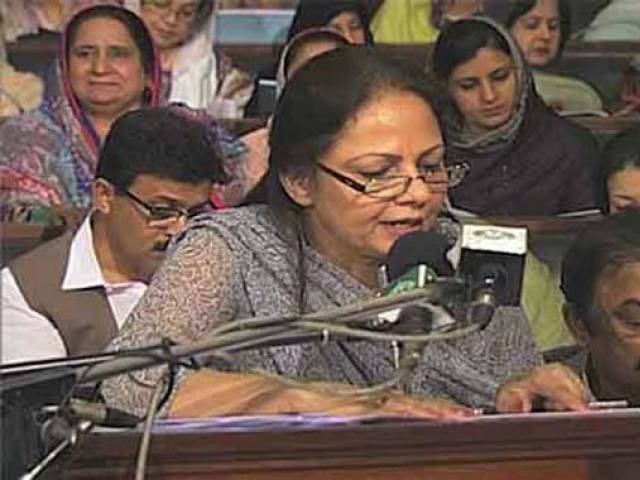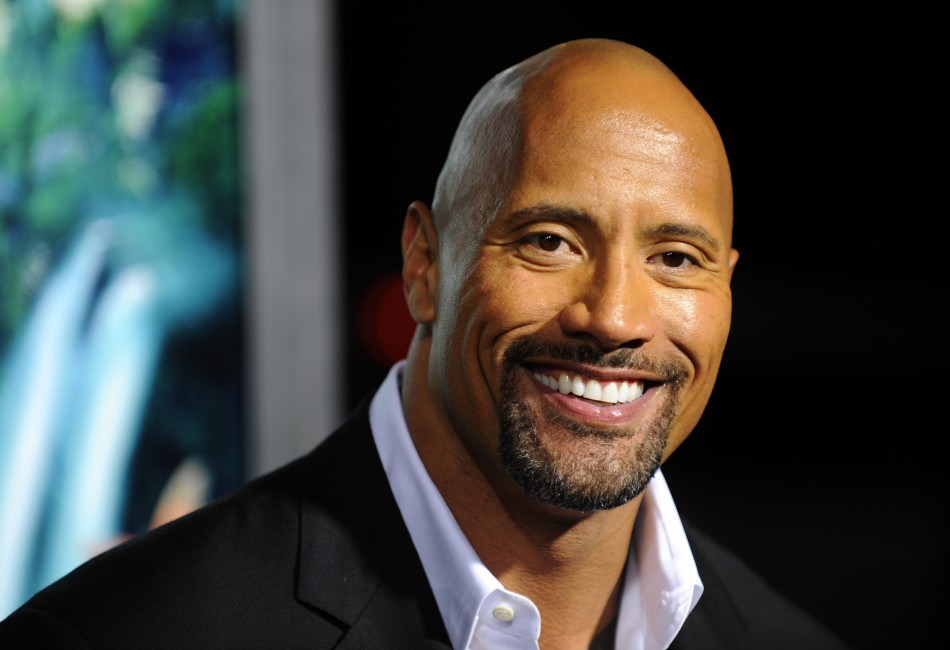
Amid intense heckling from the opposition benches, Punjab Finance Minister Dr Ayesha Ghaus Pasha presented the budget in the provincial assembly on Monday.
Punjab’s first woman finance minister delivered her second budget speech flanked by the provincial cabinet. Chief Minister Shahbaz Sharif also made his way to the House to be a part of the budget presentation.
In order to bring, what it terms ‘qualitative change in the lives of its citizens’, the government has shifted its priorities to the social sector in the 2016-17 budget.
Almost half of the total outlay amounting to Rs804 billion has been proposed for education, health, agriculture, security and provision of safe drinking water.

The focus on the social sector comes amidst serious reservations by the opposition parties over the government’s obsession with infrastructure development.
In line with the federation, the Punjab government has also raised the minimum wage by Rs1,000 from the current Rs13,000 per month. Similarly, pensions and salaries of government employees have been hiked by 10%.
The province has estimated general revenue receipts at Rs1,319 billion, out of which Rs1,039 billion is the province’s share from the federal divisible pool under the National Finance Commission award.
Punjab presents Rs1.681 trillion budget for fiscal year 2016-17
The total revenue has been estimated at Rs280 billion as compared to Rs244 billion in the outgoing year. While tax revenue has been estimated at Rs184.44 billion – 22% more than the revised estimate of the previous year – non-tax revenues have been pitched at Rs95 billion.
For this year, Punjab’s current revenue expenditure stands at Rs849.94 billion. The highest of allocations under the revenue expenditure head has been proposed for general public services at Rs437 billion followed by public order and safety affairs at Rs132 billion and Rs122 billion for economic affairs. Capital expenditure has been estimated at Rs281 billion.
With the Annual Development Programme (ADP) to the tune of Rs550 billion, the government aspires to create 500,000 new jobs. This development budget is 37.5% higher than the outgoing year which stood at Rs400 billion.
Around Rs471 billion alone have been set aside for core development projects while Rs78 billion earmarked for other development projects. For the security sector, an allocation of Rs145.5 billion has been proposed.
An allocation of Rs312.8 billion has been proposed for the education sector, primarily focusing on the Khadim-e-Punjab School Strengthening Programme, provision of missing facilities, reconstruction of schools with dangerous buildings and setting up computer labs.
The government will also recruit 45,000 more teachers in primary schools as per its goals for the 2016-2017 fiscal. An allocation of Rs4 billion has been set aside for providing scholarships to students while another Rs12 billion have been allocated for the Punjab Education Foundation. A budget of Rs46 billion has been proposed for higher education.
For health care, Rs207.3 billion has been allocated, aiming to focus on primary and secondary healthcare sector, revamping of district headquarters hospitals and 15 major tehsil headquarters hospital in Punjab. A Rs30-billion allocation has been proposed for funding the Punjab Saaf Pani Programme.
Facing intense criticism for neglecting the agriculture sector, the government has proposed Rs147 billion for reinvigorating the agricultural economy. The government also announced a two-year Kissan Package amounting to Rs100 billion.
For improving road infrastructure, an allocation of Rs27 billion has been made for the Punjab government’s flagship project, the Khadim-e-Punjab Rural Roads Programme.
Resources for 16 energy projects have been provided in the new budget.
In line with its signature infrastructure projects, the government has proposed a budget of Rs92.3 billion for urban development and transport related projects. Another Rs130 billion have been earmarked for infrastructure development projects.
Published in The Express Tribune, June 14th, 2016.
1732603002-0/lamar-(4)1732603002-0-405x300.webp)
1720420084-0/brad-pitt-(2)1720420084-0-165x106.webp)




1724486955-0/Untitled-design-(12)1724486955-0-270x192.webp)










COMMENTS
Comments are moderated and generally will be posted if they are on-topic and not abusive.
For more information, please see our Comments FAQ